Glycine Size
Glycine Market Growth Projections and Opportunities
The glycine market is influenced by various market factors that play a significant role in determining its dynamics. These factors encompass both supply-side and demand-side elements, as well as external factors that affect the overall market conditions. Understanding these factors is crucial for stakeholders to make informed decisions and navigate the market effectively.
Glycine is categorized as a non-essential amino acid. It is a product that is naturally available in products such as meat, legumes and fish. The properties of this product are colourless and in terms of taste, it is sweet. The pharmaceutical market has higher adoption of Glycine.
One of the primary market factors affecting the glycine market is the demand from end-use industries. Glycine is widely used in various sectors such as pharmaceuticals, food and beverages, cosmetics, and chemicals. The growing demand for these products directly impacts the demand for glycine. For instance, in the pharmaceutical industry, glycine is used as a component in drugs and supplements, driving demand from pharmaceutical manufacturers. Similarly, the food and beverage industry utilize glycine as a flavor enhancer and additive, contributing to its market demand.
Moreover, the global population growth and changing consumer preferences also influence the demand for products containing glycine. As the population increases, there is a higher demand for pharmaceuticals, food products, and personal care items, all of which may contain glycine as an ingredient. Additionally, shifts in consumer preferences towards healthier lifestyles and natural ingredients have led to an increased demand for products with glycine, as it is perceived to have various health benefits.
On the supply side, factors such as production capacity, raw material availability, and manufacturing processes play a crucial role in determining the availability and pricing of glycine. Glycine is primarily produced through chemical synthesis or fermentation processes, with raw materials such as ammonia, methanol, and hydrogen cyanide being key inputs. Any fluctuations in the availability or pricing of these raw materials can impact the production cost of glycine, subsequently affecting its market price.
Furthermore, the geographical distribution of glycine production facilities also influences market dynamics. Countries with significant production capacities, such as China, Japan, and the United States, often dominate the global market. Factors such as government regulations, infrastructure development, and technological advancements can affect the competitiveness of these production facilities and their ability to meet market demand.
In addition to industry-specific factors, macroeconomic conditions and global trade dynamics can also impact the glycine market. Factors such as exchange rates, trade tariffs, and geopolitical tensions can affect the cost of importing and exporting glycine, thereby influencing its pricing and availability in different regions. Moreover, changes in economic growth rates and consumer purchasing power in key markets can impact overall demand for products containing glycine.
Environmental and regulatory factors also play a significant role in shaping the glycine market. Regulatory requirements related to product quality, safety standards, and environmental sustainability can impact the manufacturing processes and supply chain practices of glycine producers. Additionally, increasing awareness and regulations related to environmental protection and waste management may drive the adoption of sustainable practices within the glycine industry.
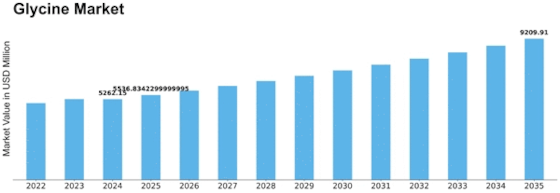

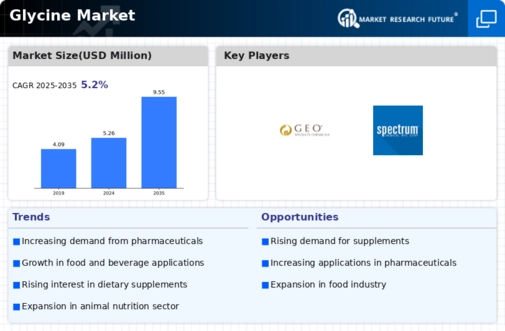
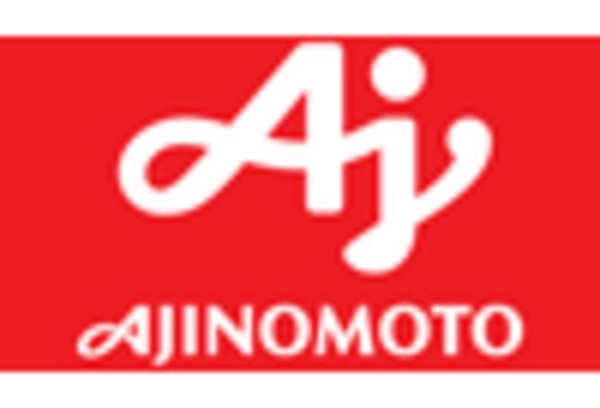
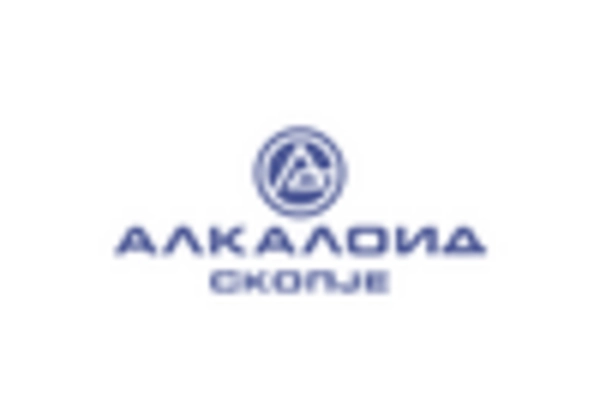

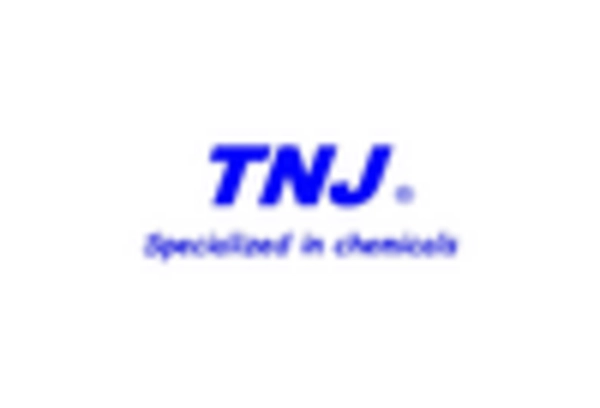
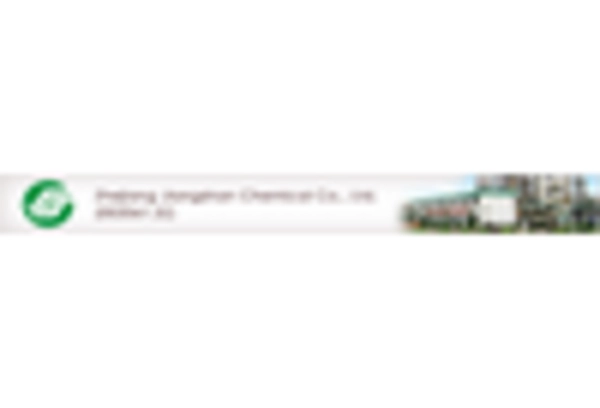










Leave a Comment